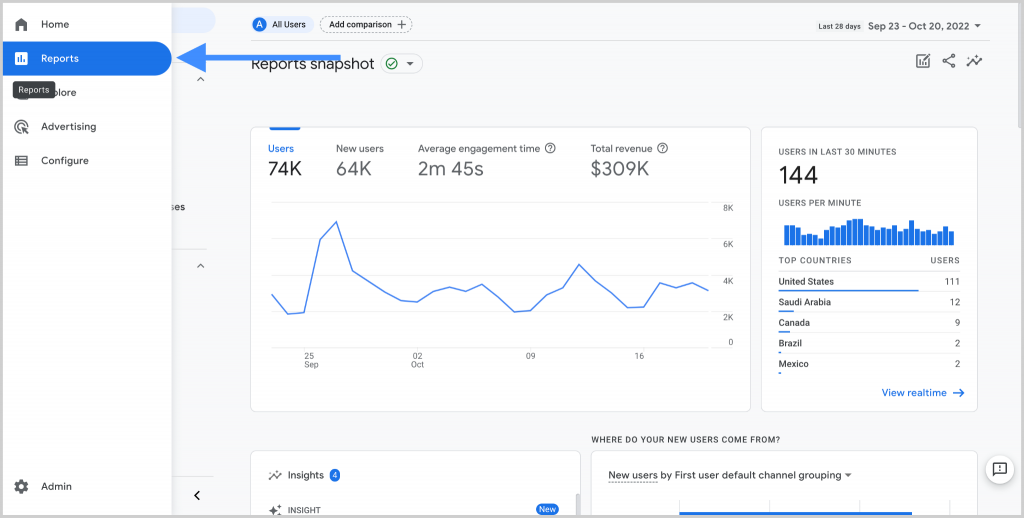Share This Article
Technology is fickle, everyday the new gets updated and the old gets outdated. Staying up to date in this whirlwind of change is a task not only for small startups but also multi media giants such as Google. Let’s take an example of the latest trend – A.I. No amount of sci-fi movies could stop the integration of this giant into every aspect of our lives. There is an A.I. for everything now, you want an artwork? There’s firefly, you need to make a ppt? Canva A.I. will help you or a blog written? Chat GPT is at your service (although this one is by a human).
There’s another aspect where A.I. is being leveraged for the betterment of your business and that is Google Analytics 4 also known as GA4. The latest update for google analytics will consolidate both app data and website data generating more accurate reports and finding deeper insights about consumer’s buying behavior. Google has been beta testing this version since 2019 and announced last year that GA4 will be replacing Universal analytics now that beta testing is complete.
So what’s new in GA4?
- An updated dashboard
To accommodate the new features there is an all new dashboard. It will simplify and streamline the process of generating reports. It gives the all new GA4 a new feel. There is a navigation bar with controls and a home button. The predictive A.I. analysis also known as insights are at the bottom of the page.

2. All measurements are events
Earlier page views were the key to tracking data points and generating user data reports. With Google Analytics 4, all measurements are events. Instead of seeing generalized data, you can now gain a fuller understanding of how users interact with your app and website. This will allow you to get a more accurate understanding of how a user interacts with your content.
3. Cross platform tracking
When a user is active on more than one platform their interaction was viewed as a singular entity in Universal Analytics instead of consolidated behavior of a general consumer. GA4 tracks a user’s metrics across different platforms and graphs patterns. On these basis reports are generated
4. Gives marketer more control
Marketers will be able to customize their targeting and reach consumers more effectively by filtering through actual buyers and surfers on the internet. You can also create custom segments based on trigger events which are essentially a subset of events that occurred on your website or application. This enables you to more accurately track customer interactions
5. Predictive insights
By analyzing the past behavior of a consumer by the unique id assigned during app login or website visit. A.I. can predict future conversion patterns
6. A.I. metrics include:
- Purchase probability
- Churn Probability
- Revenue Probability
This metric data can be used to predict who is likely to make a purchase in the next week or who will spend a higher amount of money in a purchase
So, Are you excited to try out the all new GA4? Visit Inventif Web Today.

